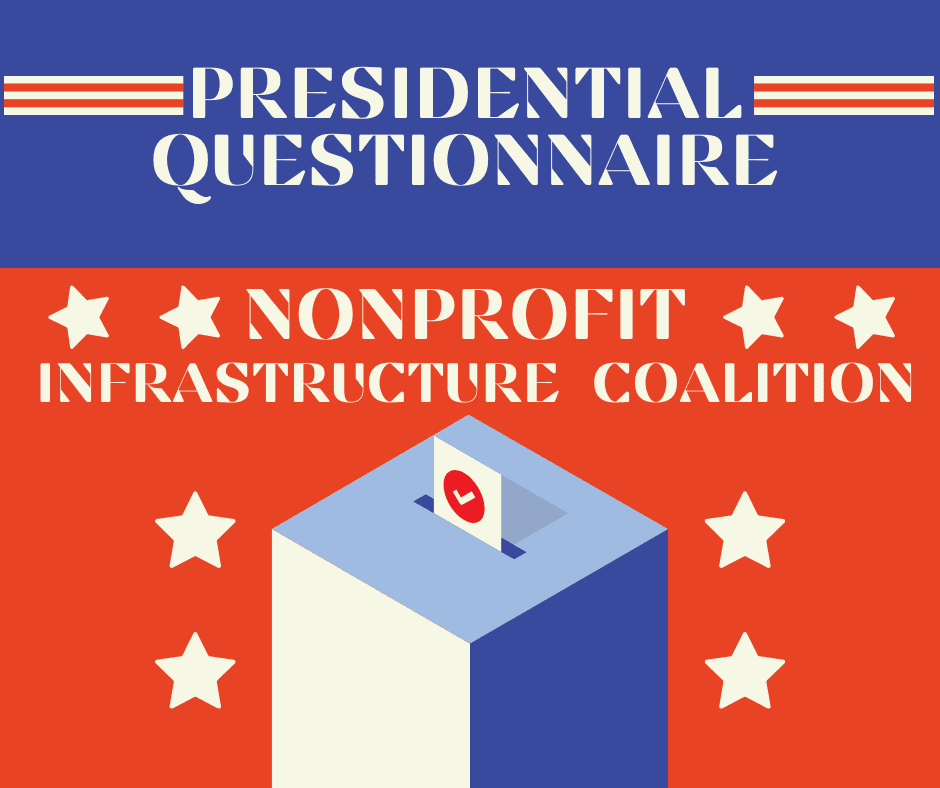What is the difference between lobbying and advocacy?
Advocacy is a broad term covering a range of activities that seek to bring about systemic social change. One form of advocacy is lobbying – attempts to influence specific legislation through direct or grassroots communications with legislators or their staff – but advocacy also includes executive branch activities, issue organizing, and nonpartisan voter engagement.
All nonprofits have a vital role to play in our democracy. For 501(c)(3) public charities, that role includes lobbying. Nonprofits have every right to advocate on behalf of policies they believe in. It is only when this advocacy deals with specific legislation that limits come into play.
Lobbying is any attempt to influence legislation by:
- Stating a position on specific legislation to legislators or other government employees who participate in the formulation of legislation (known as direct lobbying); or
- Urging your members or the general public to contact their legislators with a position on specific legislation (a “call to action”) (known as grassroots lobbying).
How much lobbying can a public charity do?
Public charities may engage in a limited amount of legislative lobbying under either the “substantial part” test or by electing to operate such activities under the Section 501(h) of the tax code. The IRS evaluates the “substantial part” test on the basis of the facts and circumstances, such as the time (by both paid and volunteer workers) and the expenditures devoted to lobbying by the organization. Read more about taking the 501(h) election.
When must an organization file lobbying reports?
In addition to reporting federal, state and local lobbying expenditures on their Form 990, nonprofit organizations may also be required to register with Congress and report activities and expenses in accordance with the Lobbying Disclosure Act (LDA) if they meet certain thresholds. An organization must register if both:
- The organization has an employee who is a “lobbyist,” AND
- The organization’s total federal lobbying expenses are expected to exceed $12,500* during a quarter.
*Special rules apply to charitable nonprofits that make the section 501(h) election for reporting lobbying expenditures on its Form 990.
Organizations meeting the registration thresholds must file quarterly electronic LDA reports. The reports must identify the name of the organization’s lobbyists, provide a list of the specific issues lobbied on during the filing period, and provide a good faith estimate of the total lobbying expenses. Lobbyists must also disclose previous executive branch or legislative service (going back two years if hired before January 1, 2008; going back 20 years if hired after that date).
Who is a lobbyist?
For LDA purposes, a lobbyist is a paid employee of the organization who:
- Makes at least two lobbying contacts with federal legislative or executive branch officials, AND
- Spends at least 20% of his or her time on federal “lobbying activities.
Independent contractors and volunteers are not included in the LDA definition of “lobbyist.” Therefore, a nonprofit organization that only retains an outside lobbyist or lobbying firm (i.e., it does not have an in-house employee who is a lobbyist) does not need to register and report under the LDA.
Exception for churches and certain affiliates
Churches, their integrated auxiliaries, and associations of churches that are exempt from filing the Form 990 are also exempt from registering and filing reports under the LDA. However, if a church hires an outside firm that lobbies on its behalf, that lobbying firm must report the church as a client if the monetary and contact thresholds are met.
What is a lobbying activity?
Lobbying activity includes lobbying contacts and any efforts in support of such contacts.
- Lobbying contacts are oral, written or electronic communication with a federal legislative or executive branch official regarding federal legislation, rules, or policies.
- Lobbying activity includes preparation and planning for lobbying contacts, and strategy meetings to coordinate lobbying with others. For example, this may include participating in coalition meetings, writing lobbying materials, and time spent preparing the arguments in support of your position.
- See also Guidelines for Interacting with Elected Officials and Administration
What are lobbying expenses?
Lobbying expenses for purposes of registering and reporting are computed based on the total lobbying expenses of the organization, not just the lobbying activities of the lobbyist. For both tax purposes and the LDA, organizations may use any reasonable method to provide a good faith estimate of their lobbying expenses, meaning no specific set of rules is required. For LDA reports, the dollar amount is rounded to the nearest $10,000.
Typically, an organization estimates the time that employees spent on lobbying contacts with federal legislative and executive branch officials and lobbying activities in the preceding quarter and reports the pro rata share of their salaries, plus related expenses.
Does coalition work count as lobbying?
Organizations must also disclose in their reports any affiliated entities that contribute more than $5,000 in a quarter toward the registrant’s lobbying activities and actively participate in the planning, supervision or control of those lobbying activities. This does not require listing of individuals who are members or donors of an organization. Organizations that contribute to a lobbying coalition should be made aware that they may be listed in the coalition organizer’s lobbying report if they meet the threshold definitions.



